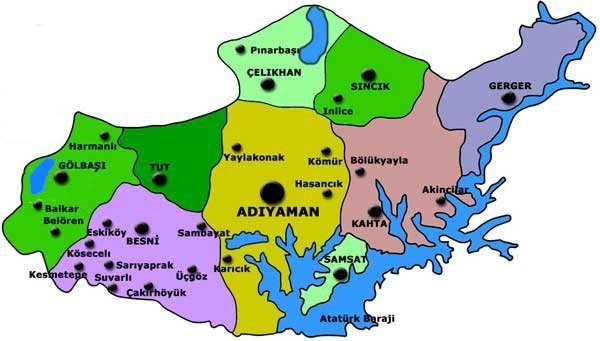 |
| Ağrı Maps |
Source : wikipedia
Turkey, known officially as the Republic of Turkey is a Eurasian country located in Western Asia (mostly in the Anatolian peninsula) and in East Thrace in Southeastern Europe.
 |
| Ağrı Maps |
 |
| Adiyaman Maps |
 |
| Adana Maps |
 |
| Antalya maps |
 |
| cappadocia maps |
 |
| Side Maps |